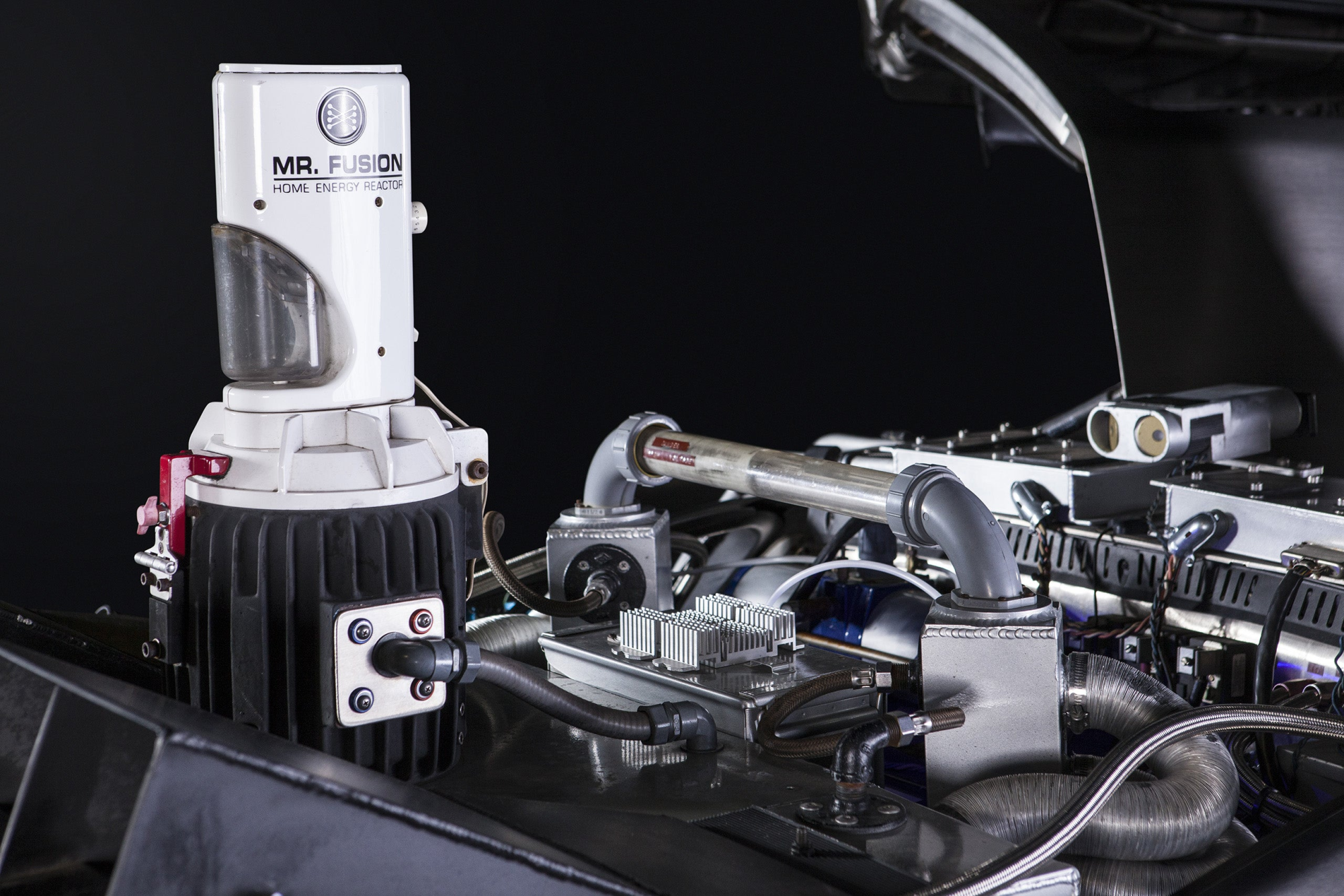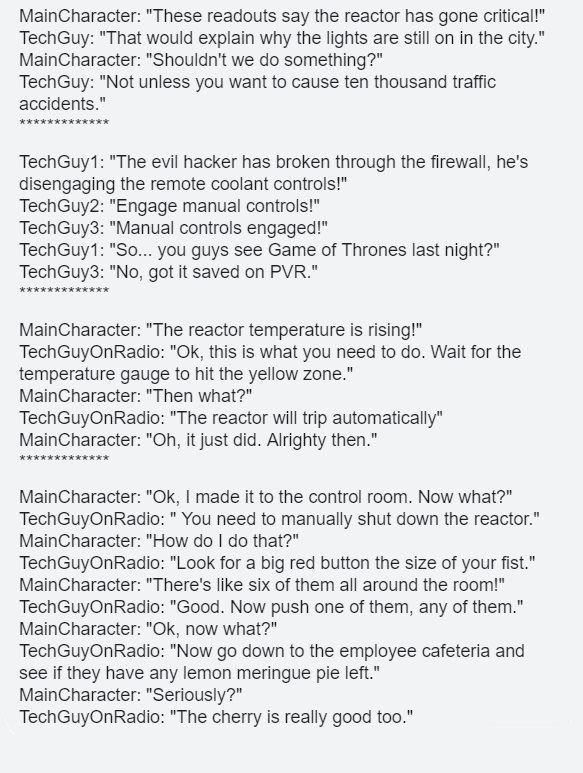Microsoft looking for a Principal Program Manager, Nuclear Technology, who will be responsible for maturing and implementing a global Small Modular Reactor (SMR) and microreactor energy strategy.
This senior position is tasked with leading the technical assessment for the integration of SMR and microreactors to power the datacenters that the Microsoft Cloud and AI reside on.
https://jobs.careers.microsoft.com/.../Principal-Program-Manager-Nuclear-Technology
The new hire would join the energy innovation team at Microsoft, working with P. Todd Noe, director of nuclear technologies engineering at Microsoft. Noe said on LinkedIn: "This is not just a job, it is a challenge. By joining us, you will be part of a global movement that is transforming the way we produce and consume energy. You will also have the chance to grow your skills, advance your career, and make an impact on millions of lives."
https://www.bigtechwire.com/2023/09...to-slake-ai-related-datacenter-energy-thirst/
Analysists at tech research firm Omdia argue that small modular reactors (SMRs) could become prevalent in future years, replacing the need for data centers to draw power from the grid with their very own environmentally-friendly alternative.
https://www.techradar.com/news/mini-nuclear-reactors-could-soon-power-data-centers
Rolls-Royce has begun pitching 470MW modular power plants to data centers, with a planned roll out of 2030, while Last Energy has already found customers in the UK for 20MW SMRs. Rival NuScale received regulatory approval for 50-77MW SMRs in the US this year, but it has struggled to keep its electricity costs in check. Sam Altman-backed Oklo is also planning 15MW+ SMRs, while Microsoft cofounder Bill Gates has backed TerraPower.
Data center operators are looking to SMRs as a potential solution to power constraints, with Green Energy Partners planning to build multiple small modular nuclear reactors next to the 1.6GW Surry Nuclear Power Plant to support 30 new data centers in Virginia.
Swedish nuclear company Kärnfull Next has announced plans for a campus of small modular reactors (SMRs) on the Swedish coast to build data centers.
https://www.datacenterdynamics.com/...-microreactor-strategy-to-power-data-centers/
This senior position is tasked with leading the technical assessment for the integration of SMR and microreactors to power the datacenters that the Microsoft Cloud and AI reside on.
https://jobs.careers.microsoft.com/.../Principal-Program-Manager-Nuclear-Technology
The new hire would join the energy innovation team at Microsoft, working with P. Todd Noe, director of nuclear technologies engineering at Microsoft. Noe said on LinkedIn: "This is not just a job, it is a challenge. By joining us, you will be part of a global movement that is transforming the way we produce and consume energy. You will also have the chance to grow your skills, advance your career, and make an impact on millions of lives."
A Future Shaped by Nuclear-Powered Tech Companies?
Microsoft’s move into nuclear technology suggests a future where tech companies with significant cloud businesses may need to become nuclear power developers to sustain their growth. The race is on to replace traditional power sources with microreactors reliable enough to keep data centers secure in case of public grid failure.https://www.bigtechwire.com/2023/09...to-slake-ai-related-datacenter-energy-thirst/
Analysists at tech research firm Omdia argue that small modular reactors (SMRs) could become prevalent in future years, replacing the need for data centers to draw power from the grid with their very own environmentally-friendly alternative.
Such reactors have been used in certain industries for many years, such as powering submarines in the US Navy, which has over 80 ships employing the technology.
Speaking to The Register, one of the co-authors of the report, Alan Howard, said that getting an accurate figure of the power consumption of the data centers used by cloud storage providers is tricky, as they often don't provide such figures easily or accurately.
A typical large scale data center may use 125MW of power, meaning four SMRs would be needed if they produce a typical 35MW each.
One problem, however, is the amount space needed to accommodate SMRs, typically requiring around 200,000 square feet. This means they would only really be viable in the largest data center sites. For this reason, the report recommends their use for colocations that require upwards of 100MW.
However, Howard also suggests that smaller centers could partner with other local industries to make use of surplus power. Additionally, he also claimed that even smaller reactors, known as microreactors, could be used for backup power in data centers, as a replacement for batteries and diesel generators used currently.
https://www.techradar.com/news/mini-nuclear-reactors-could-soon-power-data-centers
Rolls-Royce has begun pitching 470MW modular power plants to data centers, with a planned roll out of 2030, while Last Energy has already found customers in the UK for 20MW SMRs. Rival NuScale received regulatory approval for 50-77MW SMRs in the US this year, but it has struggled to keep its electricity costs in check. Sam Altman-backed Oklo is also planning 15MW+ SMRs, while Microsoft cofounder Bill Gates has backed TerraPower.
Data center operators are looking to SMRs as a potential solution to power constraints, with Green Energy Partners planning to build multiple small modular nuclear reactors next to the 1.6GW Surry Nuclear Power Plant to support 30 new data centers in Virginia.
Swedish nuclear company Kärnfull Next has announced plans for a campus of small modular reactors (SMRs) on the Swedish coast to build data centers.
https://www.datacenterdynamics.com/...-microreactor-strategy-to-power-data-centers/
![[H]ard|Forum](/styles/hardforum/xenforo/logo_dark.png)



